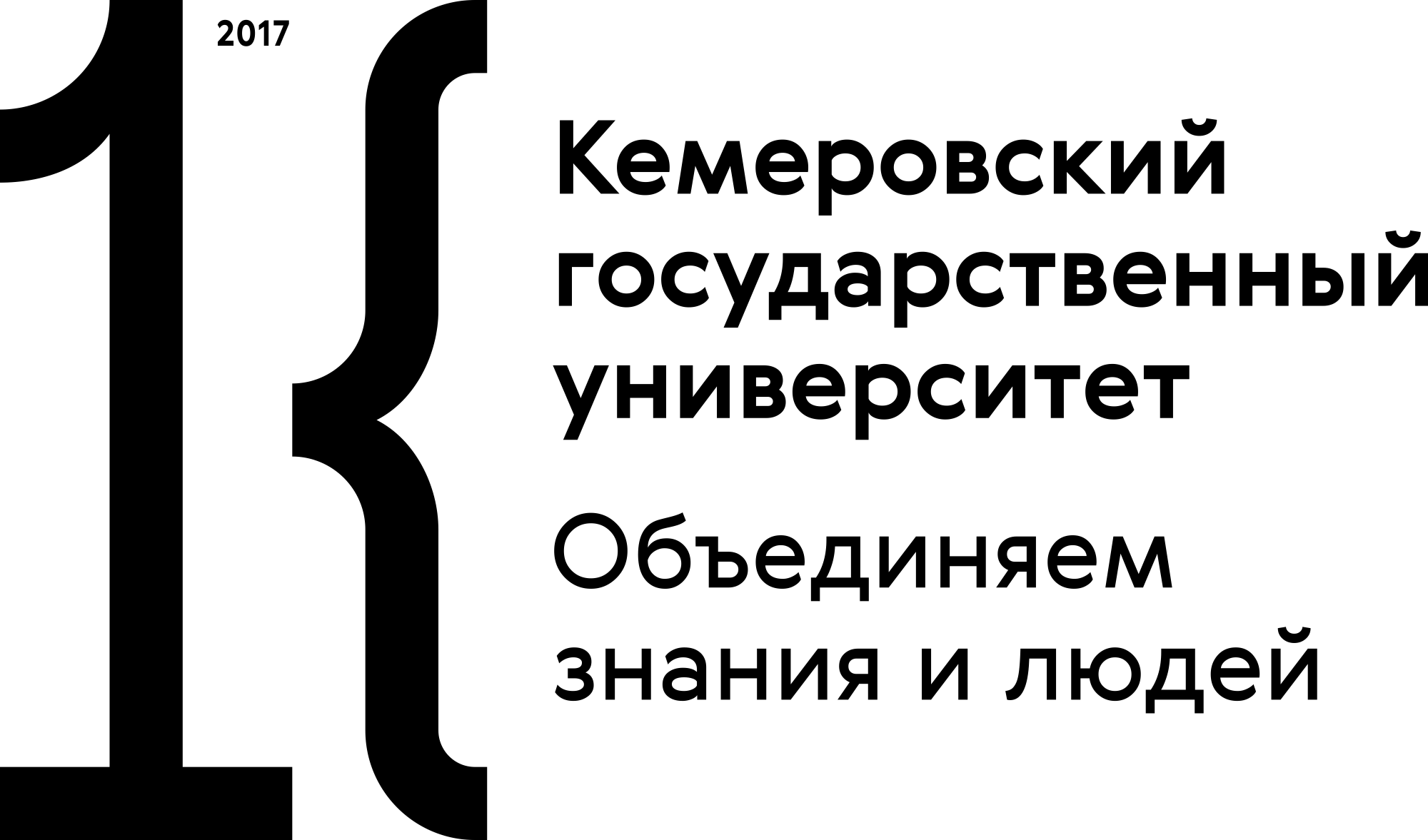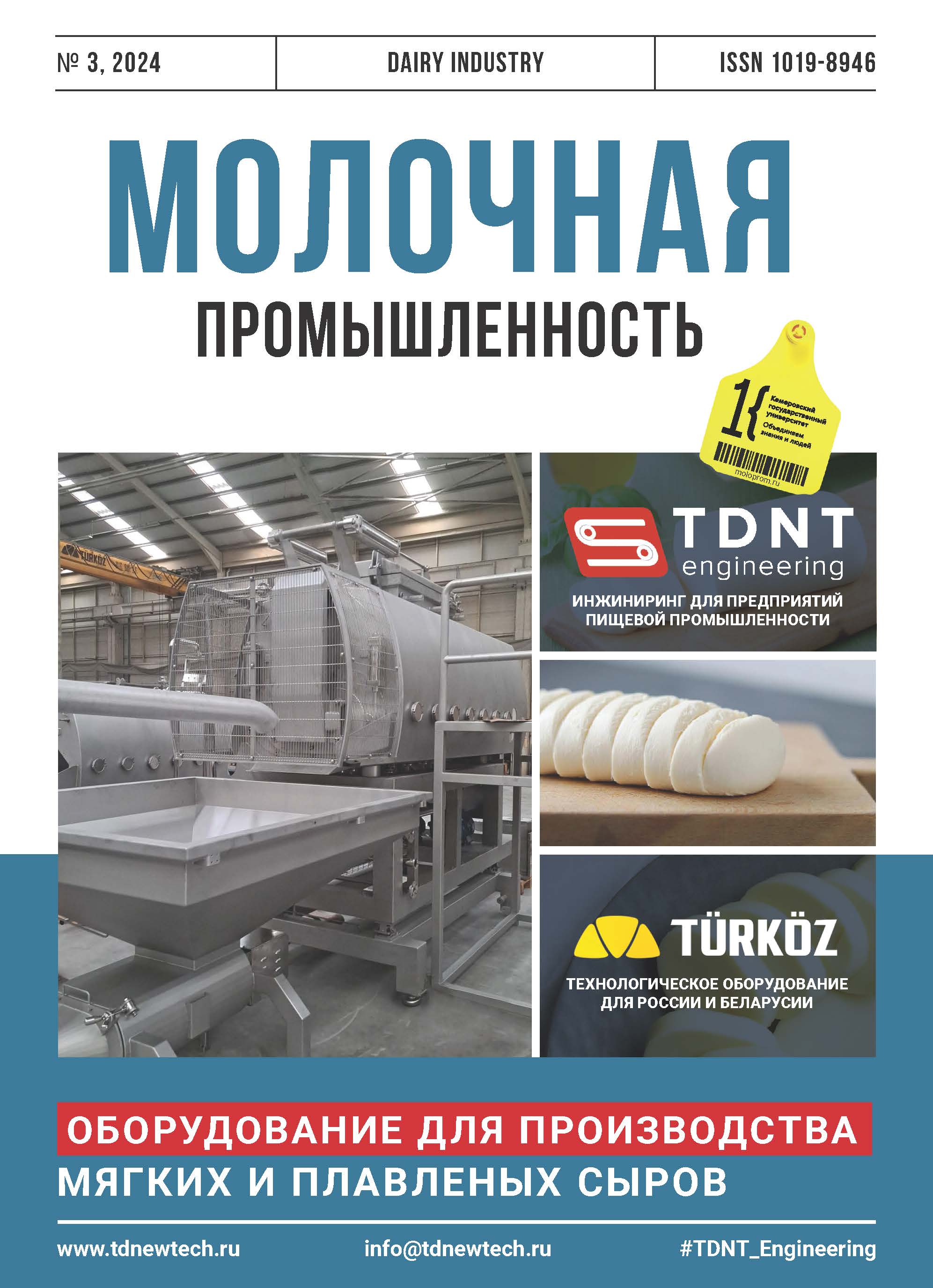Moscow, Moscow, Russian Federation
Moscow, Russian Federation
Milk-containing ice-cream has a reduced content of milk non-fat solids, which affects its consistency and structure. The research objective was to study the effect of milk and whey protein concentrates on the consistency and structure of milk-containing ice-cream. It also featured effective compositions of polysaccharides based on guar, xanthan, and tara gums. Traditional milk ice-cream served as control. The rheological, microstructural, and thermostatic research methods revealed that complex food additives with gums and protein concentrates improved the viscosity of icecream mixes. The sample with protein concentrates and guar and xanthan gums showed the best dynamic viscosity indicators, which exceeded those of the control sample by 2.2 times. The combination of protein and gum concentrates in milk-containing ice-cream reduced its hardness by 1.4–2.0 times. The high dispersion of ice crystals and the air phase were comparable to those of the conventional ice-cream. However, the samples with whey protein concentrates and guar and xanthan gums very soon experienced a significant decrease (1.5 times) in the air phase dispersion. Stabilizers based on gums and milk protein concentrate raised the thermal stability of the final product while whey stabilizers reduced it. Milk and whey protein concentrates, as well as guar, xanthan, and tara gums, proved efficient as part of stabilization systems in milk-containing ice-cream.
ice-cream, guar gum, xanthan gum, tara gum, whey protein concentrate, milk protein concentrate, rheological parameters, structural elements
1. Goff, H. D. Ice Cream and Frozen Desserts: Manufacture / H. D. Goff // Reference Module in Food Science. 2016. http://doi.org/10.1016/B978-0-08-100596-5.00832-5
2. Lim, S-Y. High Hydrostatic Pressure Modification of Whey Protein Concentrate for Improved Body and Texture of Lowfat Ice Cream / S-Y. Lim [et al.] // Journal of Dairy Science. 2008. № 91(4). P. 1308–1316. https://doi.org/10.3168/jds.2007-0391
3. Rolon, M. L. Effect of fat content on the physical properties and consumer acceptability of vanilla ice cream / M. L. Rolon [et al.] // Journal of Dairy Science. 2017. № 100 (7). P. 5217–5227. https://doi.org/10.3168/jds.2016-12379
4. Liu, X. Role of polysaccharide structure in the rheological, physical and sensory properties of low-fat ice cream / X. Liu, G. Sala, E. Scholten // Current Research in Food Science. 2023. № 7. 100531. https://doi.org/10.1016/j.crfs.2023.100531
5. Tvorogova, A. A. Morozhenoe v Rossii i SSSR: teoriya, praktika. Razvitie tehnologiy / A. A. Tvorogova. – Spb: Professiya, 2021. – 249 s.
6. Alvarez, V. B. Physical Properties of Ice Cream Containing Milk Protein Concentrates / V. B. Alvarez [et al.] // Journal of Dairy Science. 2005. № 88 (3). P. 862–871. https://doi.org/10.3168/jds.S0022-0302(05)72752-1
7. Ruger, P. R. Effect of Double Homogenization and Whey Protein Concentrate on the Texture of Ice Cream / P. R. Ruger, R. J. Baer, K. M. Kasperson // Journal of Dairy Science. 2002. № 85 (7). P. 1684–1692. https://doi.org/10.3168/jds.s0022-0302(02)74241-0
8. Khatkar, S. K. Effective strategies for elevating the techno-functional properties of milk protein concentrate / S. K. Khatkar [et al.] // Trends in Food Science & Technology. 2023. № 140 (4). 104169. http://doi.org/10.1016/j.tifs.2023.104169
9. Bourouis, I. Recent advances on uses of protein and/or polysaccharide as fat replacers: Textural and tribological perspectives: A review / I. Bourouis, Z. Pang, X. Liu // Journal of Agriculture and Food Research. 2023. № 11. 100519. https://doi.org/10.1016/j.jafr.2023.100519
10. Nooshkam, M. Behavior of protein-polysaccharide conjugate-stabilized food emulsions under various destabilization conditions. / M. Nooshkam [et al.] // Food Chemistry: X. 2023. № 18. 100725. https://doi.org/10.1016/j.fochx.2023.100725
11. Cui, S. W. The range of dietary fibre ingredients and a comparison of their technical functionality / S. W. Cui, Wu, Y., Ding, H. // Fibre-Rich and Wholegrain Foods. 2013. C. 96–119. http://doi.org/10.1533/9780857095787.1.96
12. Mukherjee, K. Food industry applications of Tara gum and its modified forms / K. Mukherjee [et al.] // Food Hydrocolloids for Health. 2023. №3. 100107. https://doi.org/10.1016/j.fhfh.2022.100107
13. Tvorogova, A. A. Svoystva i vliyanie emul'gatorov na termoustoychivost' morozhenogo / A. A. Tvorogova, N. V. Kazakova, A. V. Landihovskaya // Holodil'naya tehnika. 2018. № 4. S. 46–49. https://www.elibrary.ru/ounyfx
14. Landihovskaya, A. V. Pokazateli kachestva molochnogo morozhenogo s citrusovymi voloknami i kamedyami / A. V. Landihovskaya, A. A. Tvorogova // Pischevye sistemy. 2023. № 6 (2). S. 261–268. https://doi.org/10.21323/2618-9771-2023-6-2-261-268; ttps://www.elibrary.ru/fpjitf
15. Singh, H. Functional Properties of Milk Proteins / H. Singh // Encyclopedia of Dairy Sciences (Second Edition). 2011, P. 887–893. https://doi.org/10.1016/B978-0- 12-374407-4.00352-6







